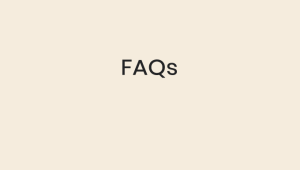The golden rule on how much you can risk per trade is not one-size-fits-all, but a percentage approach is highly recommended for managing your risk effectively. The consensus among trading experts leans towards risking a small percentage of your trading capital on a single trade. The most commonly cited figure is to risk no more than 1% to 2% of your account balance on any given trade.
The amount you can risk per trade in forex trading typically follows the “1% rule,” which suggests that you should risk no more than 1% of your trading capital on a single trade. This conservative risk management strategy is designed to prevent significant losses and preserve your capital over the long term. For instance, if your trading account balance is $10,000, you would risk no more than $100 on any single trade.
Why such a small percentage? It’s all about longevity and managing your risk exposure. Risking 1% doesn’t mean you expect to lose that amount; instead, it represents the maximum you are prepared to lose if the trade doesn’t go in your favor. This way, even a series of losses won’t significantly impact your overall capital. Remember, forex trading involves significant risk, and it’s crucial to have a clear understanding of your risk tolerance and to set stop-loss orders to manage potential losses effectively.
However, it’s also vital to align this risk management strategy with your overall trading plan and personal risk tolerance. Some traders might be comfortable with a slightly higher risk percentage, like 3%, especially if they have a high win rate and a solid trading strategy. Meanwhile, beginners or those with a lower risk tolerance might opt to stick to the lower end of the risk spectrum to ensure they can weather the ups and downs of the market.
Remember, successful trading is not just about the wins but managing your losses so that you can continue trading another day. Adjusting your risk per trade according to your account size and trading style is a key component of a sound forex trading strategy.
